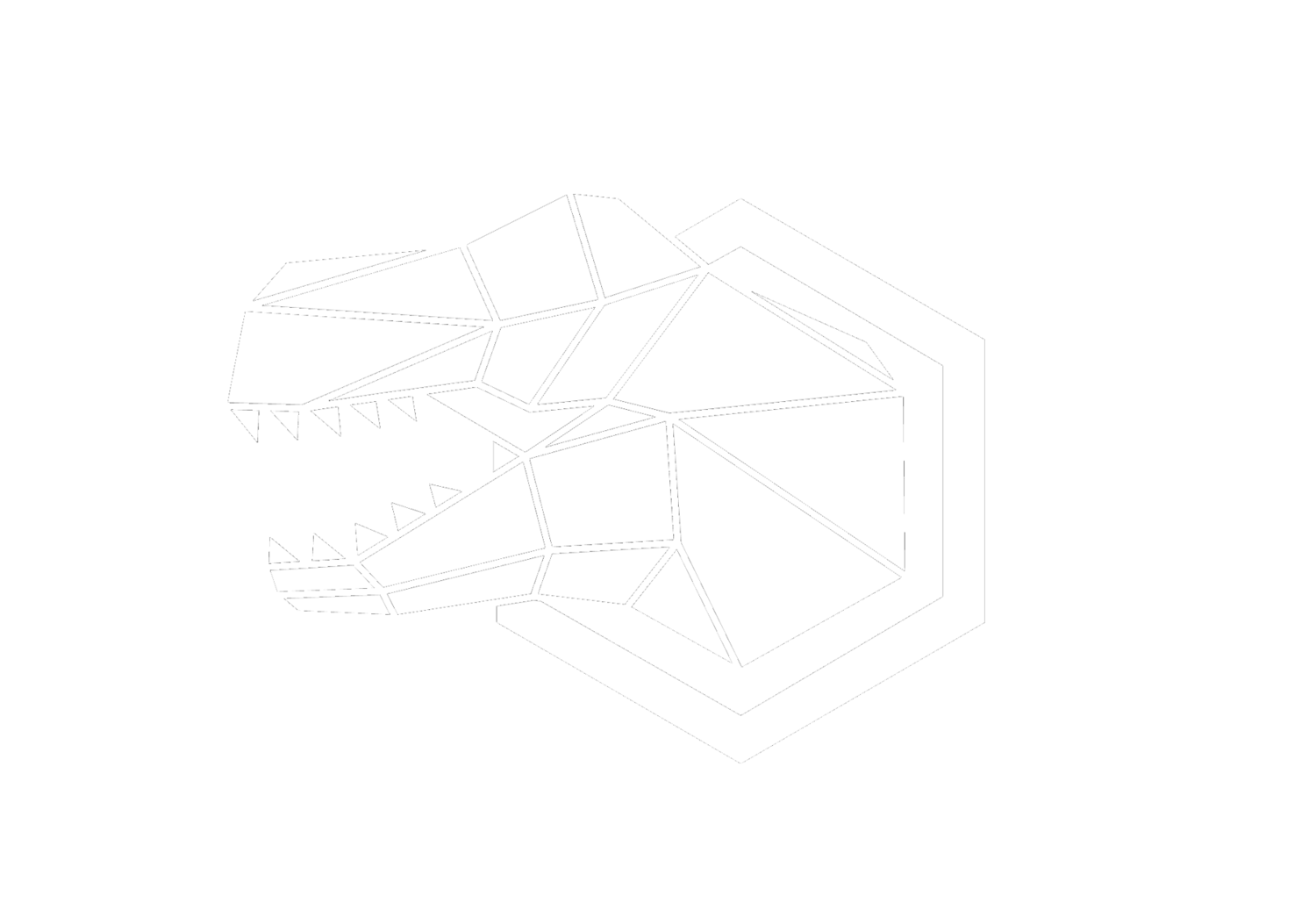Kevin Ashton is an innovator and consumer sensor expert who coined the phrase “the Internet of Things” (IoT) in 1999. In 2015, Kevin’s words were cited by Smithsonian magazine again:
“In the twentieth century, computers were brains without senses — they only knew what we told them. That was a huge limitation: there is many billion times more information in the world than people could possibly type in through a keyboard or scan with a barcode.”
The Internet of Things, popularly known by its acronym IoT is essentially comprised of several devices everywhere in the world that helps send our sensor data to different systems, the systems in return observe, report the data and subsequently respond to it.
What Kevin did not foresee was the invention of the blockchain — a technology that allows you to store data in a transparent and unchangeable manner — that provided the Internet of things with solutions to many (if not most) security problems that prevented it from realizing its integrity to its present potential.
Blockchain features such as “principal (node) equivalence”, “openness and transparency”, “multi-party consensus”, “information is hard to tamper with” and “programmable” may have a profound impact on the technology system, infrastructure and operation model of the Internet of things.
It is generally believed that the blockchain technology and can solve the traditional three problems in the development of IoT:
(1) Solve the problem of operating costs higher. Blockchain + IoT can use peer-to-peer (P2P) transmission to solve the problem of network bandwidth limitation. The computing resources, storage resources and data resources of hundreds of millions of idle nodes of IoT are utilized in a distributed way. So as to greatly reduce the high operation and maintenance costs under the “centralized” architecture of the traditional IoT and promote the flow and sharing of information.
(2) Solve the problem of safety in IoT node. Blockchain + IoT can adopt timestamp-based storage structure and distributed storage mechanism to construct verifiable and traceable electronic storage certificate, to protect the integrity and tamperability of data, and solve the security problem of IoT under different trust domains nodes. Such as:
Security issues faced by IoT in the “Financial Economy” field include information falsification, bank credit, fraudulent goods misappropriation and remote supervision. The features of blockchain, such as trustless and data encryption, can help improve the above security issues and realize the integration of freight finance.
Security issues faced by IoT in the field of “Intermediaries” include false information, user privacy security, etc. The use of smart contracts in the block chain can achieve mutual trust, ensure the security of user information, and weaken the intermediary’s asymmetric control over information.
Security issues faced by IoT in the field of “Data storage” include storage centralization, data security, etc. The “decentralization” of blockchain can be used to improve the “centralization” of big data storage, and the blockchain data encryption technology can be used to ensure the security of files.
Security issues faced by IoT in “Public services” include food safety, medical safety, traffic congestion, etc. The timing data of the blockchain can be used to mark the origin and date of food (with the “natural” characteristic of “inalterable “). Encryption of medical data to protect users’ privacy, and blockchain technology is used to realize real-time sharing of traffic information.
(3) Solve the problem of cooperation between IoT devices. Contracts using blockchain intelligence technology to the traditional Internet of things intelligent device can regulate the individual self-maintenance. To make the individual in the case of without artificial participation, according to the rules or the rules of the implanted contract beforehand that exchange information with other individuals or verify the identity, namely can realize the intelligent collaboration between Internet of things devices.
However, as the blockchain technology has not been completely finalized so far, many application scenarios of blockchain + IoT are still in the proof-of-concept stage, and the real typical applications are rare.
Blockchain is still comparable to the Internet of a few decades ago. The Internet as we know it today looks very different, and so does the expectation of blockchain. Essentially, blockchain can add a completely new dimension to the Internet by introducing new standards for data transparency and peer-to-peer communication.






